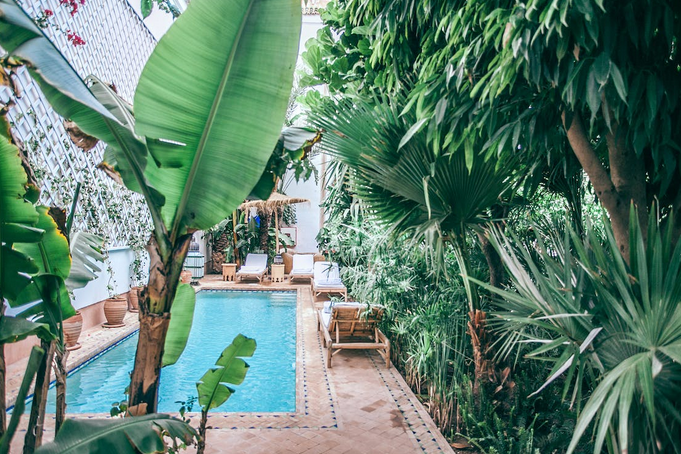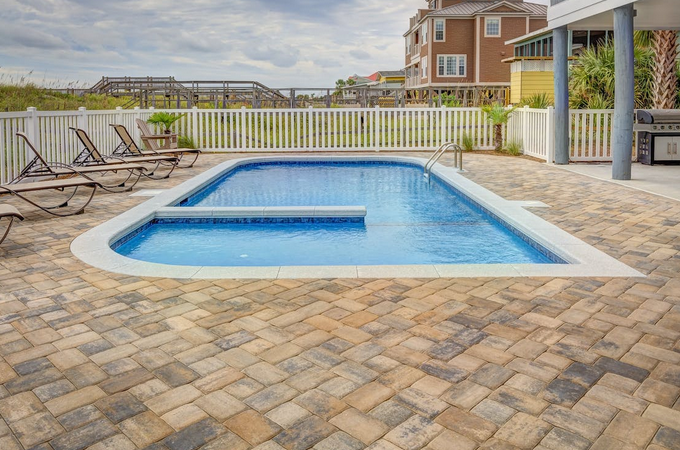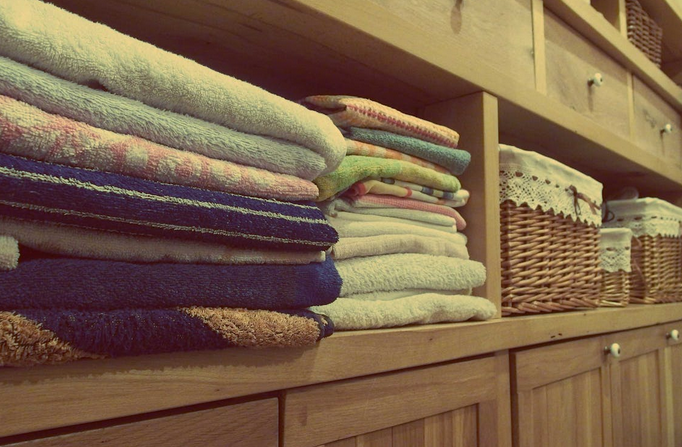Lesser-Known Truth About Paver Installations on Pool Decks
If you’re considering creating a stunning oasis in your backyard, knowing all the facts is necessary before taking the plunge. While pavers may seem like an attractive option for your pool at first glance, some lesser-known truths mentioned by professionals from Concrete Whangarei about the installation might make you reconsider. Today, we’ll reveal these secrets and shed light on why choosing a concrete deck might be the smarter choice for your pool project.
A Concrete Deck Is a Great Option for New Pool Installations
When opting for the perfect pool deck for your new installation, a concrete deck should be at the top of your list. Why? Well, for starters, concrete offers durability and longevity that simply can’t be beaten. Unlike pavers which may shift or settle over time, a concrete deck provides a solid foundation that will stand the test of time.
But it’s not just about strength – concrete decks also offer endless design possibilities. Maintenance is another key advantage of choosing concrete. In terms of safety considerations as well as comfort underfoot on those hot summer days when bare feet are inevitable – Concrete decks provide excellent slip resistance compared to certain types of pavers, which may become slippery when wet.
The Ground Surrounding the Pool Isn’t Always Stable

The unstable ground surrounding the pool can lead to potential problems down the line if not properly addressed. The stability of the ground around your pool is crucial for ensuring a long-lasting and durable installation. Unfortunately, many homeowners overlook this important factor when choosing their pool deck materials.
Over time, soil erosion or shifting can occur due to heavy rainfall, natural settling, or other factors. This can cause the ground beneath your pavers to become uneven or unstable, leading to an unlevel surface and potential tripping hazards. Additionally, areas with clay-rich soil are particularly susceptible to expansion and contraction during temperature changes.
Moss Can Grow in Between Pavers
One thing that many pool owners don’t realize is that moss can actually grow in between the pavers on their pool decks. While this may not seem like a big deal at first, it can actually cause some major problems if left untreated. Besides being unsightly, it can pose a serious risk of slipping and falling while enjoying a day by the pool.
In addition to being a safety hazard, moss growth can also damage your paver installation over time. The roots of the moss can penetrate between the joints of the pavers, causing them to shift and become uneven. This not only affects the aesthetic appeal of your pool deck but can also lead to costly repairs down the line.
Pavers Will Often Wobble
While they may look sturdy and secure when first installed, over time, you may notice some movement or instability in your paver pool deck. Why do pavers wobble? Well, there are a few reasons for this phenomenon. First, the ground surrounding the pool isn’t always stable. Changes in soil composition or settling can cause the area beneath the pavers to shift and move.
This shifting can result in unevenness and wobbling. Additionally, improper installation techniques can also contribute to paver wobbling. If not properly leveled or compacted during installation, the pavers may not be securely set into place. Over time, this can lead to movement and instability.
When it comes to pool deck installations, there are many options available. While pavers may seem like an attractive choice, there are some lesser-known truths that you need to consider. A concrete deck is a great alternative that offers stability and durability.



